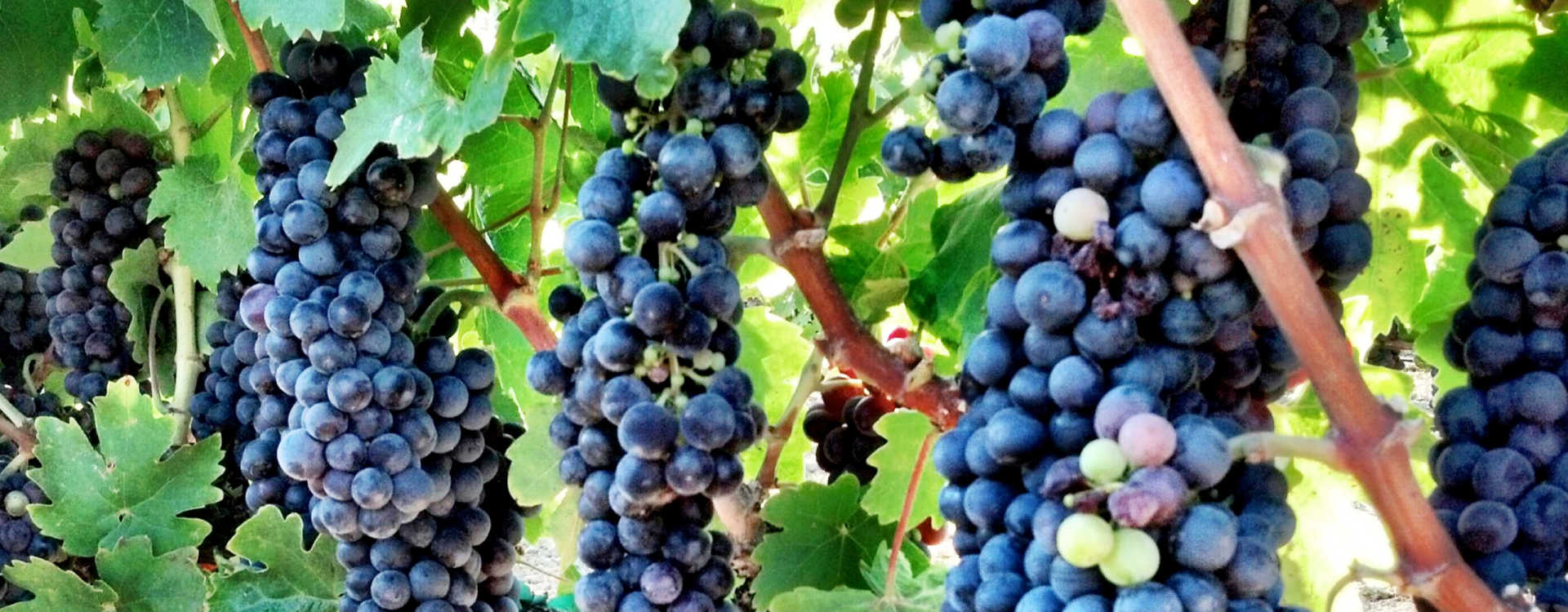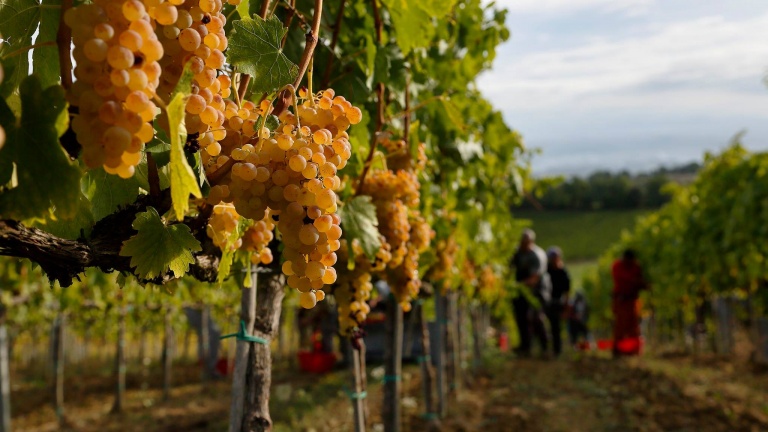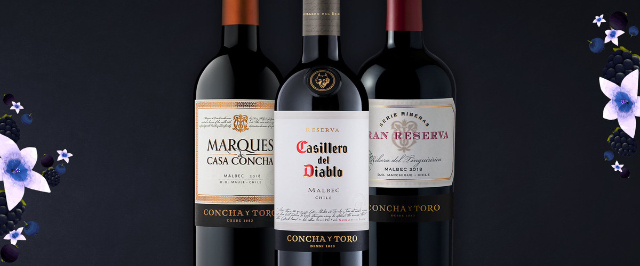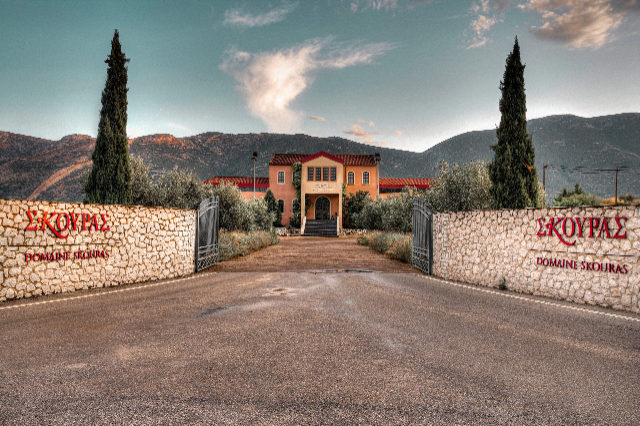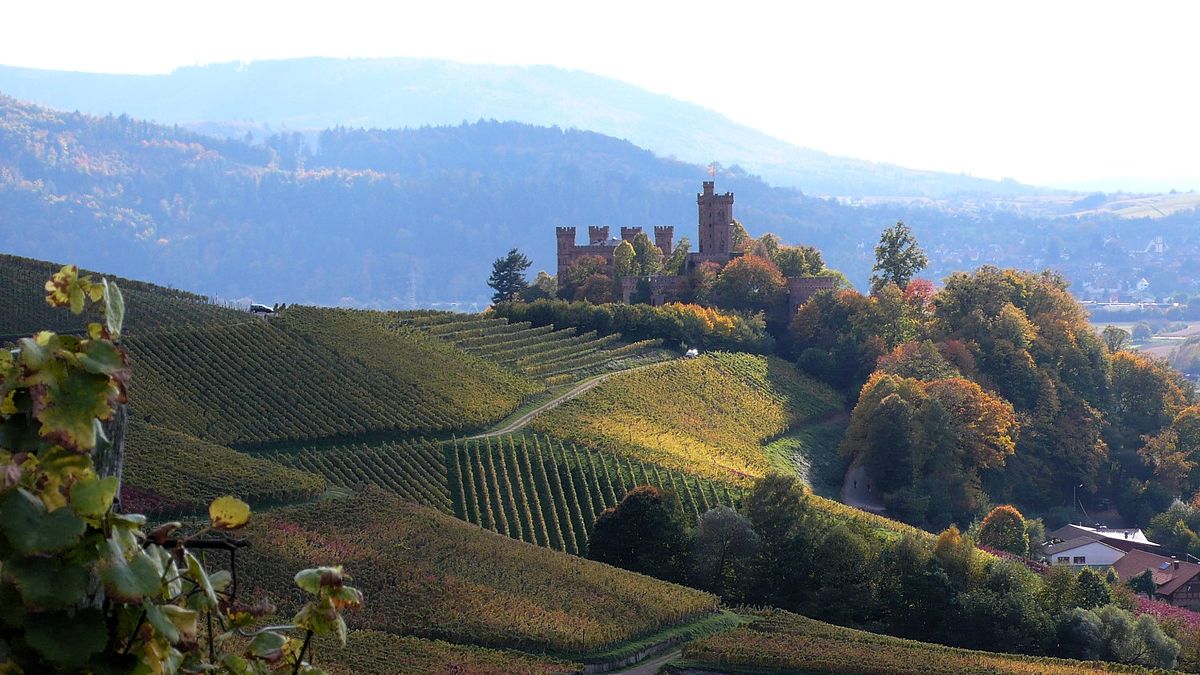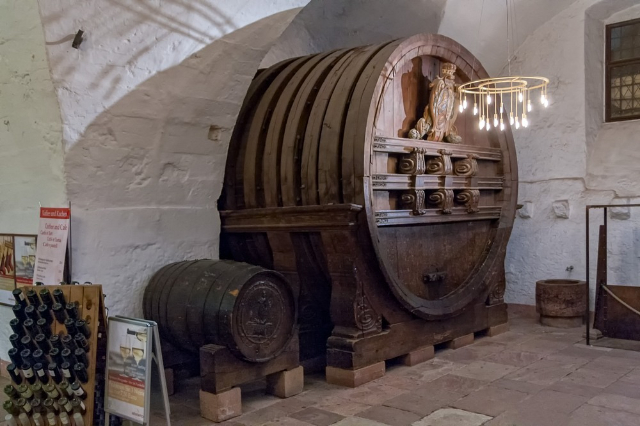he Primitivo di Manduria DOC is currently produced in the Apulian provinces of Taranto (in the territory of the capital city itself and in many municipalities located to the east) and Brindisi (specifically, in the municipalities of Oria, Erchie and Torre Santa Susanna). Historically, however, the Primitivo vine is believed to have originated on the Ionian-Salentine coast, and its spread then extended to the Murgia areas of the territories of Bari and Taranto. The earliest historical evidence dates from around 1600, when Benedictine monks in the Gioia del Colle area were known to be active cultivators of this vine.
Since 1974 Primitivo di Manduria wine has boasted the DOC (Denominazione di Origine Controllata) certification; however, this wine is also produced in areas outside those specified in the production regulations, namely in the provinces of Lecce and Bari.
There are four different versions of Primitivo di Manduria: the classic table wine, the Dolce naturale, the Liquoroso dolce naturale and the Liquoroso secco. The liqueur versions of this product are made by adding aqua-vitae or spirits of viticultural origin to the wine, which give the wine body and substance as well as an increased alcohol content.
The grape variety used for the production of this wine is 100 percent Primitivo of the same name. This name derives from the fact that the grapes of this variety ripen very early compared to other varieties; they are dark blue grapes, covered with an abundant layer of bloom. An altogether interesting peculiarity is the fact that, only twenty days after the harvest, these vines are able to give a second – albeit scarce – grape production. The fruits of this "second harvest" were especially used in the past to correct and improve the total acidity of the musts obtained from the first harvest. A curiosity: the Primitivo grape variety is not exclusive to the Italian territory, but is also successfully cultivated abroad: in California, for example, this is known by the name Zinfandel. In our country, Primitivo turns out to be among the ten most cultivated grape varieties ever.
Optimal storage of Primitivo di Manduria must take place in the dark, with temperatures between 10 and 15°C. The ideal places are of course cellars, which also offer the advantage of having a consistent ambient humidity (constant and around 75 percent) that allows the cork to remain well moistened. Finally, bottles should be stored horizontally, preferably on special wooden supports.
The versions of Primitivo di Manduria Liquoroso dolce naturale and Liquoroso secco, before being put on the market, undergo a mandatory aging period of at least two years; for the vino da pasto and Dolce naturale this aging is instead reduced to a minimum period of seven months.
